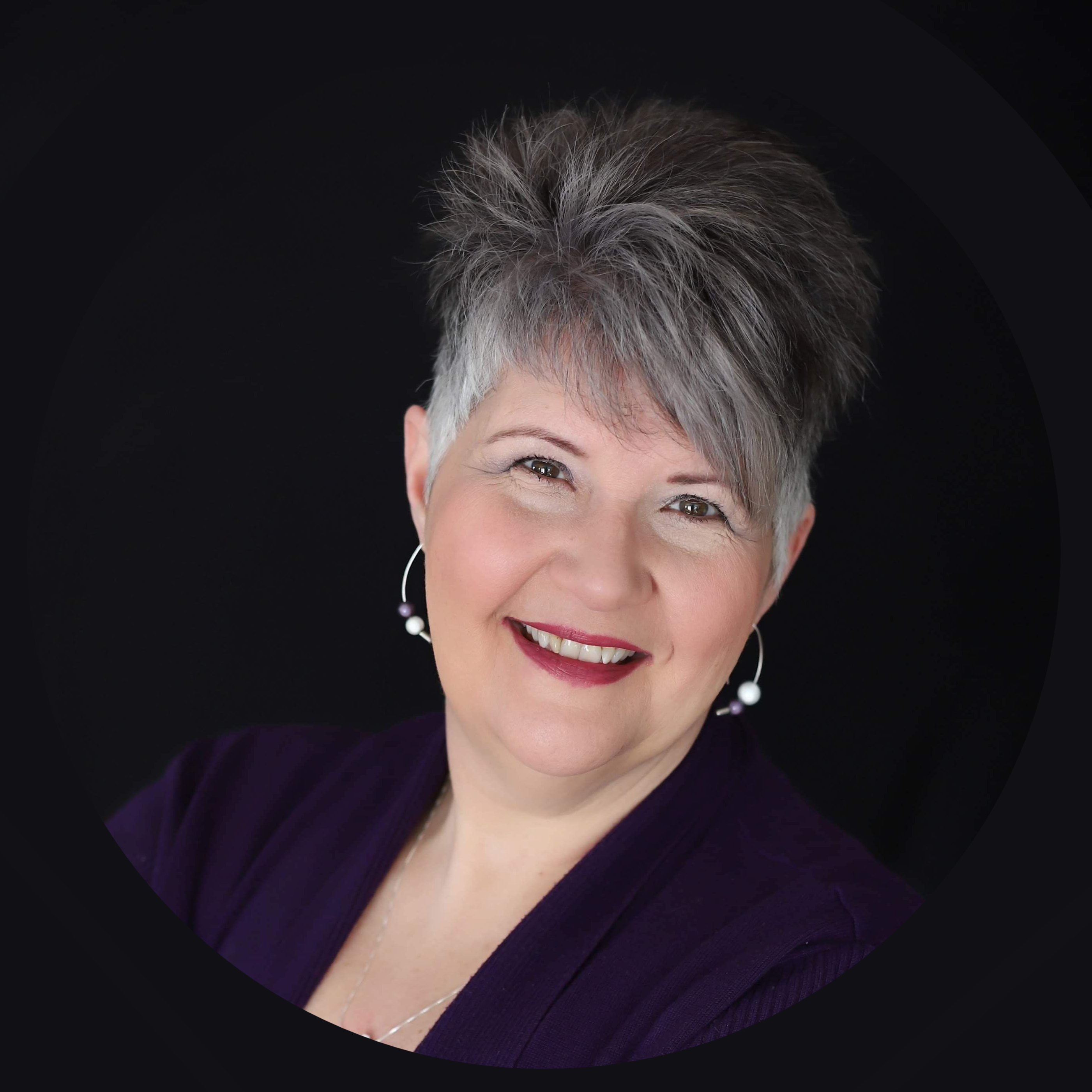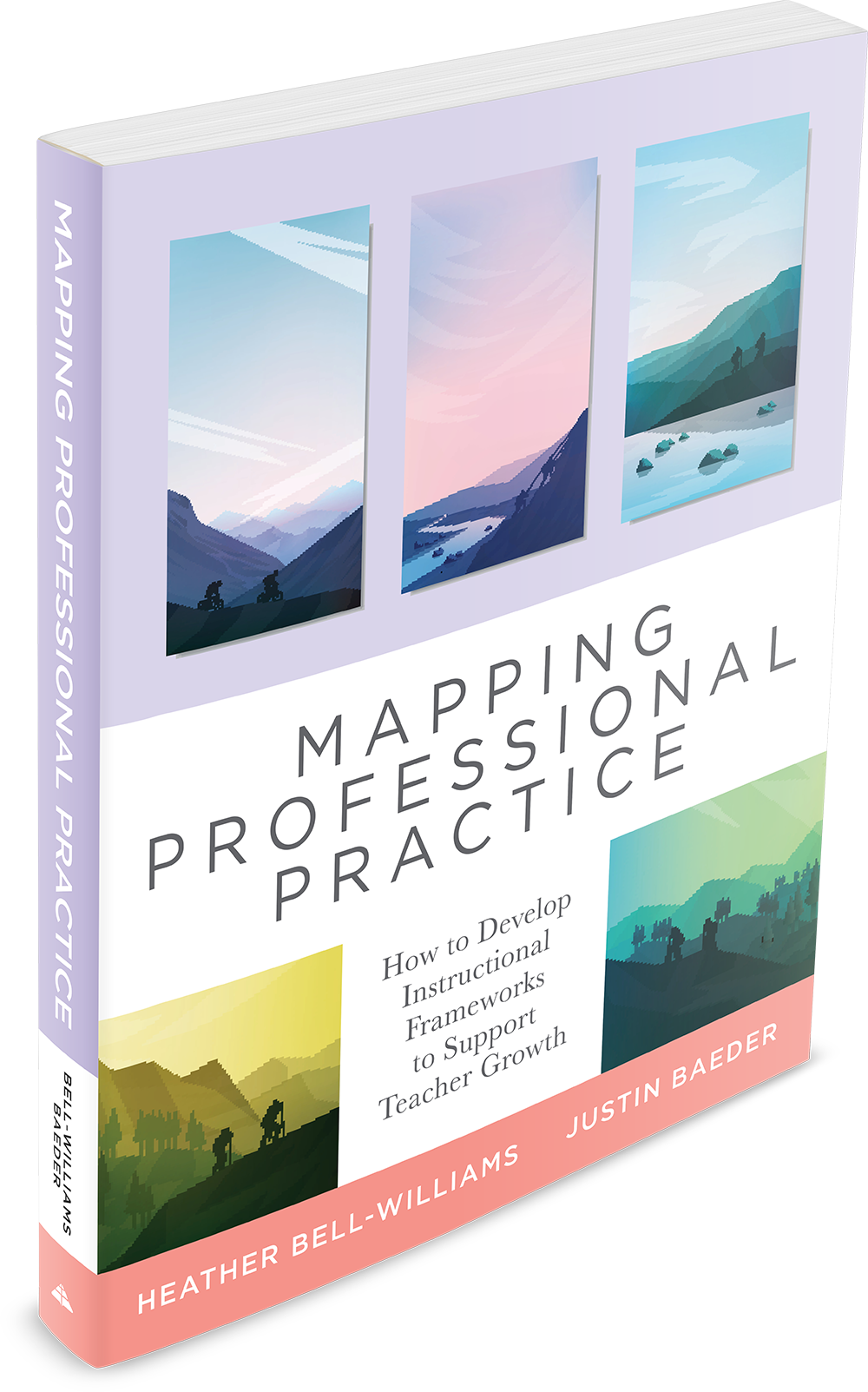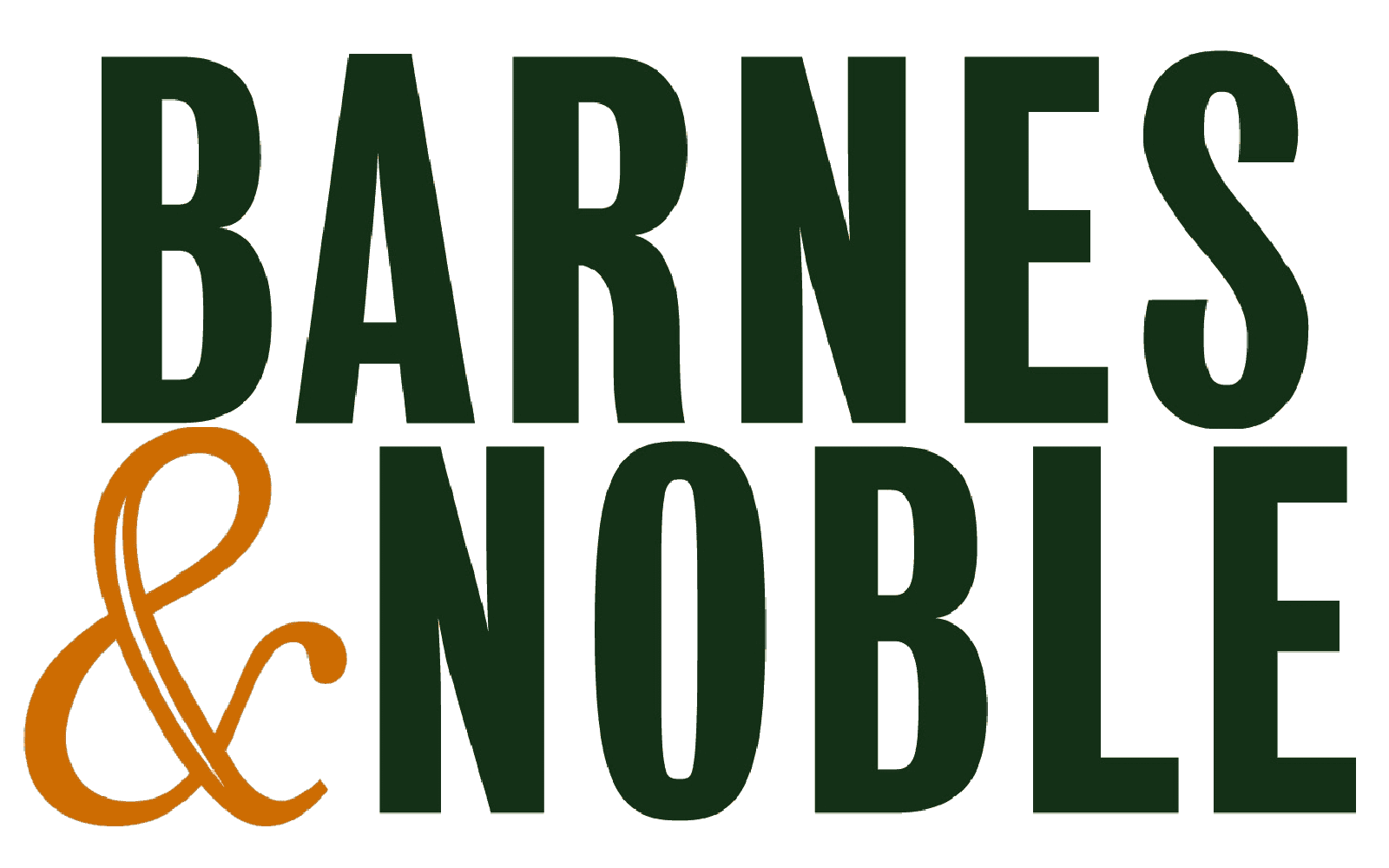Mapping Professional Practice
How to Develop Instructional Frameworks to Support Teacher Growth
Put into action, instructional frameworks help teachers locate their current level of fluency, focus on the key dimensions of professional judgment, and take their practice to the next level. Discover how to accelerate teacher growth by taking the “insider’s view” of practice, articulating key dimensions of professional judgment to create clear growth pathways for teachers at every level of fluency.
Teacher leaders, administrators, and instructional coaches will gain a replicable process for:
- Identifying the most promising areas of focus
- Drafting and piloting an initial framework
- Getting input and feedback from teachers
- Articulating a vision for exemplary practice
- Building momentum and overcoming resistance to change
Create Roadmaps for Growth
Want to help teachers and other education professionals improve their practice?
It's essential to start with a clear vision for what improved practice will look like—not from an observer's perspective, but from the point of view of the practitioner.
We call this the insider's view, and it's the key to enhancing professional judgment.
Too often, shared expectations focus solely on surface-level features, and offer little guidance how to think in more sophisticated and nuanced ways.
Instructional frameworks are the key.
WHAT ARE INSTRUCTIONAL FRAMEWORKS?
An instructional framework is a detailed description of the insider's view of professional practice in a specific area, broken into key components and levels of fluency.
Key components focus attention on the essential elements of a practice. For example, a framework on rigor might have key components such as:
- Alignment to standards
- Conveying high expectations to students
- Scaffolding and developing milestones
Levels of fluency create a progression from beginning, to developing, to fluent, to exemplary, in each key component. This progression gives practitioners clear next steps so they can continue to develop.
Instructional frameworks are perfect for:
- Establishing shared expectations
- Creating growth pathways for teachers & other education professionals
- Mobilizing educators around a common vision for improvement
ABOUT THE AUTHORS

Heather Bell-Williams
Heather Bell-Williams is an experienced teacher, school administrator and consultant, with over 30 years of expertise to bring to her role as Coach and Consultant. Heather holds three bachelor’s degrees in arts and education from York University in Toronto and a Masters of Education in Leadership from the University of New Brunswick, as well as several additional qualifications, including Flourishing Coach certification. Heather is co-author of Mapping Professional Practice (Solution Tree) with Justin Baeder, PhD.

Justin Baeder, PhD
Justin Baeder, PhD. is author of Now We're Talking! 21 Days to High-Performance Instructional Leadership (Solution Tree), co-author of Mapping Professional Practice (Solution Tree), and creator of the Instructional Leadership Challenge, which has helped more than 10,000 leaders in 50 countries make a daily habit of classroom visits. He holds a PhD in Educational Leadership & Policy Studies from the University of Washington, and helps senior leaders in K-12 organizations build capacity for instructional leadership




